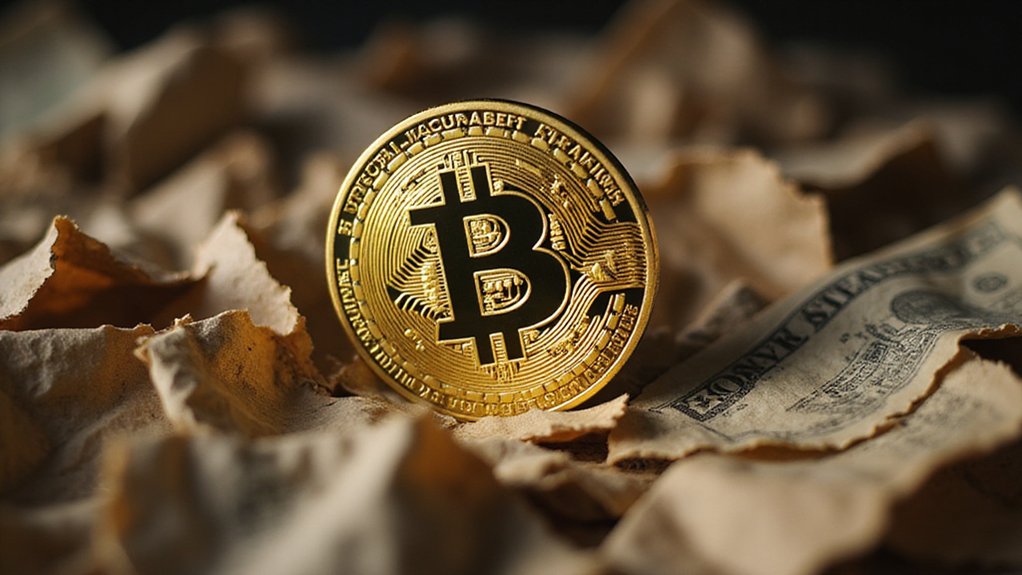While traditional financial institutions continue to defend their decades-old cross-border payment infrastructure with increasingly unconvincing vigor, stablecoins have emerged as a formidable challenger to the status quo that banks would prefer remained unchallenged.
The numbers speak volumes: traditional bank transfers command fees of 3-5% for a modest $200 international payment, while stablecoin transfers typically incur just 0.1-0.3%—a differential that becomes impossible to ignore at scale.
Perhaps more compelling than the cost advantage is the settlement timeline.
Traditional cross-border transfers continue to languish in processing purgatory for days (particularly when the audacity to initiate a transfer on Friday afternoon means waiting until the following week), while stablecoin transactions achieve finality in mere seconds.
This discrepancy becomes particularly pronounced during weekends and holidays—arbitrary constraints that blockchain-based systems simply do not recognize.
The accessibility equation tilts decidedly in favor of stablecoins as well.
Where traditional banking infrastructure demands physical presence, extensive documentation, and the privilege of an existing account, stablecoins require only an internet connection and a digital wallet.
This digital-first approach aligns seamlessly with global trends toward mobile finance adoption, extending financial services to previously excluded populations.
For businesses, the math is straightforward: transaction fees on high-throughput blockchains like Solana can be less than $0.01, a stark contrast to the 6-10% charged through traditional remittance channels.
This efficiency translates directly to improved profit margins and operational flexibility, enabling real-time payouts and dynamic pricing models previously impossible under legacy systems.
The foreign exchange component adds another layer of savings, as stablecoins minimize the often-substantial spread losses inherent in traditional currency conversions. Unlike volatile cryptocurrencies, stablecoins provide a predictable value medium for cross-border transactions, making them particularly attractive for businesses seeking consistency. The impressive collective market cap of stablecoins reaching approximately $129 trillion demonstrates their growing dominance in the global financial ecosystem.
Even as the meme coin segment of the crypto market continues to draw attention, stablecoins offer a practical utility through Solana wallets that facilitate simple and efficient transactions.
As regulatory frameworks continue to mature around these digital assets, their value proposition becomes increasingly difficult for even the most entrenched financial institutions to dismiss.
The question is no longer if stablecoins will disrupt cross-border payments, but how quickly the transformation will unfold.








